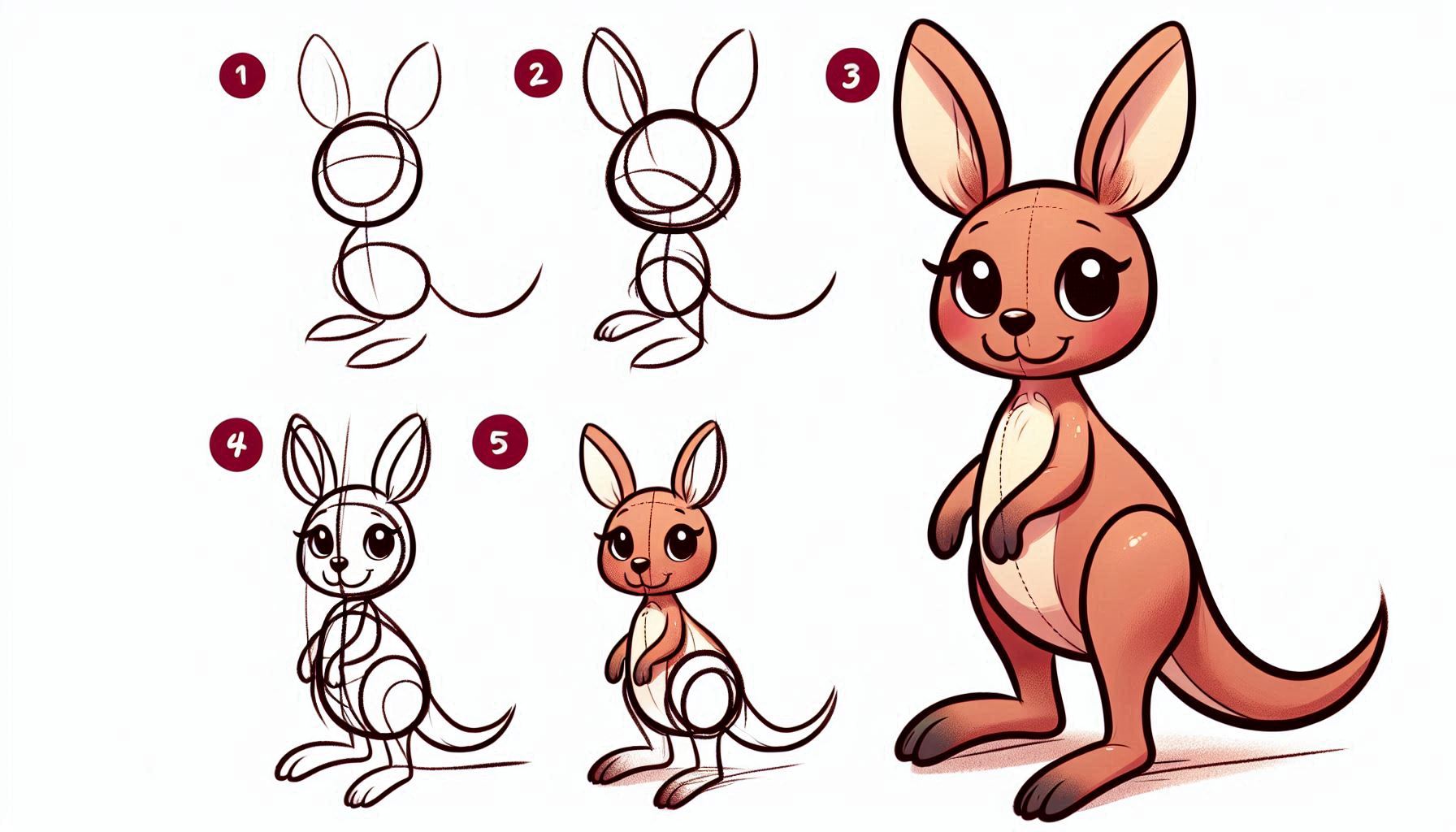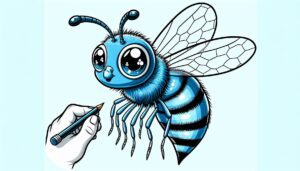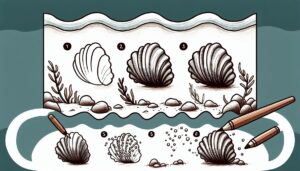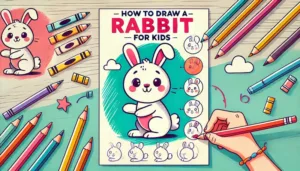How to draw kangaroo, Creating a kangaroo illustration is a thrilling journey as these incredible creatures possess truly distinctive characteristics. With their impressive tails, sturdy legs, and unique hopping stance, kangaroos provide an excellent chance to hone your skills in capturing dynamic forms and intricate details. Let’s dive into the process of drawing a kangaroo step-by-step and create a vibrant and captivating artwork. Get ready with your pencil, and let’s begin!
Table of Contents
The Joy of Illustrating Strong Legs
Kangaroos are famous for their powerful, well-developed legs that enable them to perform their impressive leaps. Creating a depiction of these strong legs is an enjoyable method to capture the kangaroo’s vibrant energy and distinctive posture.
The Joy of Adding the Tail
The tail of a kangaroo is not only lengthy, but it also possesses remarkable strength and serves as a means of communication. Including the tail in your drawing enhances the kangaroo’s stance and adds a sense of movement to your artwork.
The Delight of Capturing Unique Facial Characteristics
Kangaroos have unique facial features, including large ears, big eyes, and a welcoming expression. Enhancing these facial features can bring your kangaroo character to life and make your drawing more captivating.
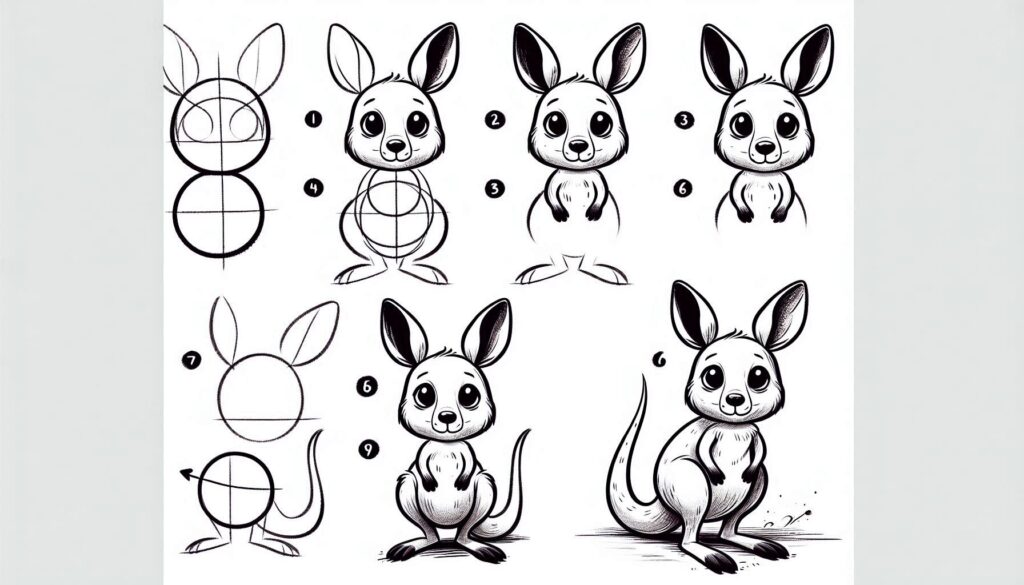
Steps: How to draw Kangaroo
Step 1:
Begin by sketching the kangaroo’s head. Create a rounded shape for the head, with two large, pointed ovals on top for the ears. Include two small circles to represent the eyes, along with a small, rounded triangle to depict the nose.
Step 2:
Next, proceed to sketch the body. Extend a slightly curved line downwards from the head to form the kangaroo’s body. The body should have a generous and curvaceous shape, with a more noticeable curve towards the rear.
Step 3:
Draw the strong legs. Sketch two sturdy, elongated forms protruding from the lower part of the body to represent the hind legs of the kangaroo. It is important for each leg to have well-developed muscles and feet that are large and rounded. Include curved lines to depict the joints and toes.
Step 4:
Now let’s move on to drawing the front legs. Extend two shorter, curved lines from the upper part of the body for the front legs. These legs should be delicate and have small, rounded paws at the end.
Step 5:
Attach the tail of the kangaroo. Create a lengthy, gracefully arched line that stretches from the rear of the figure. The tail should have a thicker base and gradually narrow towards the tip. Enhance the tail with gentle curves to achieve a more organic and emotive appearance.
Step 6:
Now it’s time to add the finishing touches to the kangaroo’s face. Include the eyes, nose, and a wide, welcoming mouth. Adding some whiskers and detailing the ears with a few lines would be a great idea.
Step 7:
Enhance the fur with intricate details. Add some curved lines on the body and legs to create a textured appearance for the kangaroo. These lines should conform to the contours of the body and legs to create a sense of depth.
Step 8:
Enhance your drawing by outlining it with a darker pencil or pen to make the lines more prominent. Remove any extra guidelines and perfect the details to give your kangaroo a neat and polished appearance.
Step 9:
Add some color to your kangaroo! Opt for earthy tones like brown or gray for the body and tail. You can incorporate some lighter tones on the belly and inside the ears to create a sense of depth and dimension.
Theme 1: Embracing the Joy of Illustrating Strong Legs
Woohoo! Let’s discuss the joy of creating strong and dynamic legs! Kangaroos are famous for their powerful, well-developed legs that enable them to hop and leap. By emphasizing the strength of these impressive legs, one can truly capture the kangaroo’s unparalleled energy and dynamic posture. It’s fascinating to witness the way these sturdy limbs combine to form a captivating and vibrant artwork!
Theme 2: The Thrill of Adding the Tail
Hello there! Let’s dive into the thrill of incorporating the tail! The tail of a kangaroo is both long and strong, serving a crucial purpose in maintaining the kangaroo’s balance. Adding the tail to your kangaroo drawing can give it a sense of movement and stability. It’s all about adding that magical element that brings your drawing to life!
Theme 3: Celebrating the Unique Beauty of Faces
Let’s explore the delight of capturing unique facial characteristics! Kangaroos have adorable faces with large ears, big eyes, and expressive features. Enhancing these details adds personality to your kangaroo character and brings your drawing to life. It’s an enjoyable method to give your kangaroo a vibrant personality!
Conclusion
Creating a kangaroo illustration can be an enjoyable and beneficial exercise for honing your skills in depicting strong legs, lively tails, and unique facial characteristics. By following these steps and adding your own creative touches, you’ll have a wonderful drawing of a kangaroo. Keep in mind that with practice, your drawing skills will improve and you’ll be able to create vibrant animals. So grab your pencil, have a blast, and create an adorable kangaroo bursting with enthusiasm and charisma!
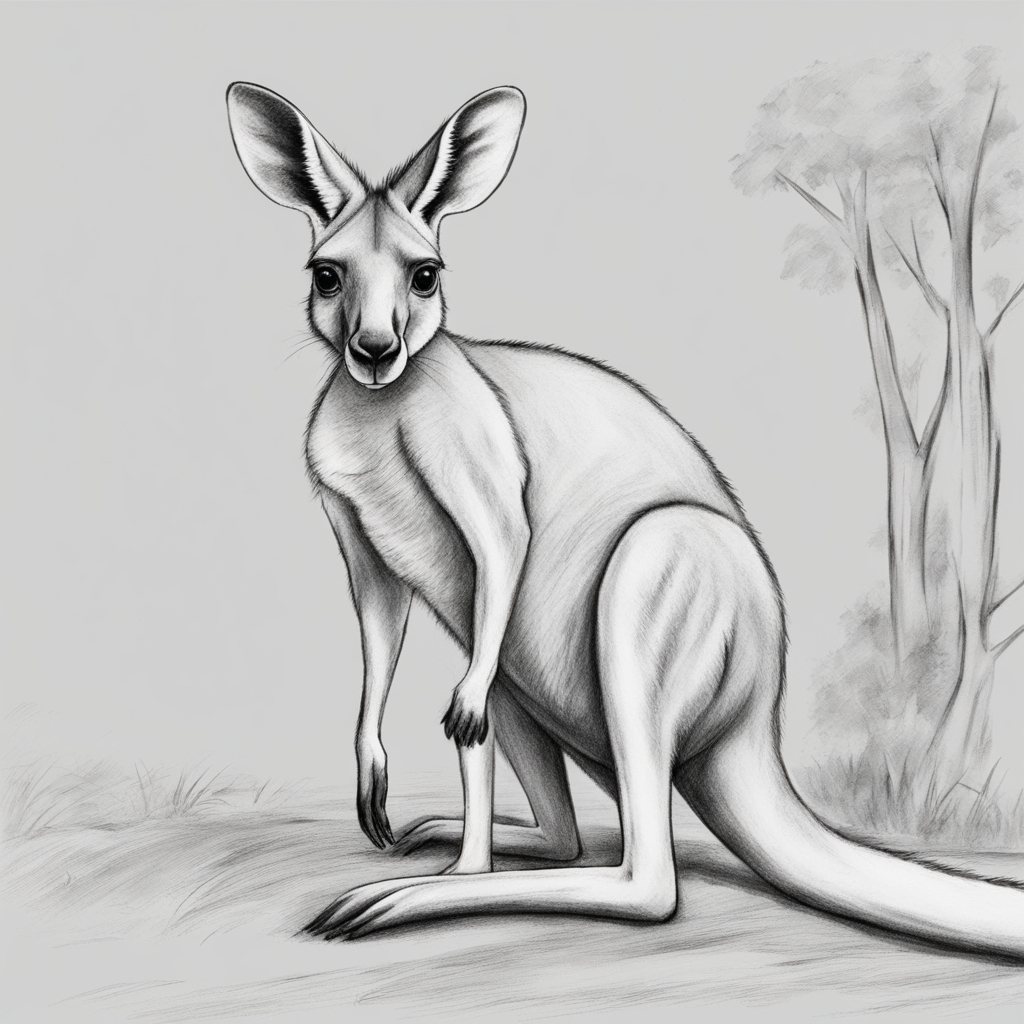
Check out this super fun and simple guide to learn how to draw a giraffe with easy step-by-step instructions! This fun tutorial offers easy-to-follow instructions, allowing young creators to dive into their imagination while discovering more about these tall and attractive creatures!

